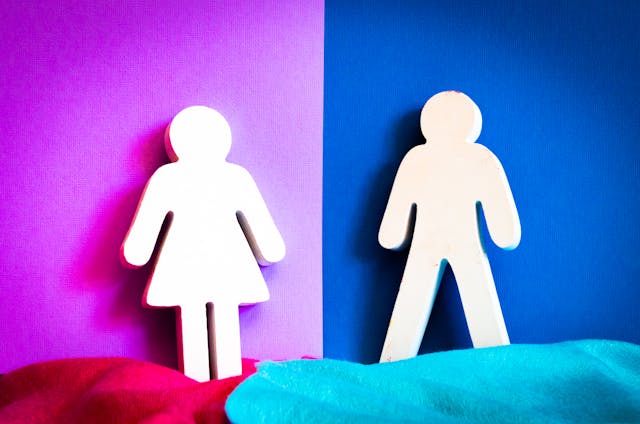The government has now amended the Equality Act 2010, which reproduces in domestic law certain interpretive effects of retained EU law regarding equality rights. With implementation from 1 January 2024, these amendments aim to preserve key interpretive effects of retained EU equality law that would otherwise be lost due to the Retained EU Law (Revocation and Reform) Act 2023 (REUL). The EAAR seeks to address potential gaps in domestic equality protections resulting from the REUL, ensuring continuity and alignment with EU standards in this regard.
The changes included in the Equality Act :
Direct discrimination
The amendments to the Equality Act 2010 ensure that certain protections for pregnant women and those on maternity leave remain in place, including special treatment, protection from less favourable treatment related to breastfeeding, and safeguards against unfavourable treatment upon return from maternity leave. Additionally, discriminatory statements made during recruitment, even without an active hiring process, may constitute direct discrimination, aiming to prevent unfair deterrence of applicants based on protected characteristics. These changes extend the scope of protection for pregnancy, maternity, and breastfeeding-related discrimination claims under the Act.
Indirect discrimination
A person without a protected characteristic may succeed with an indirect discrimination claim if they suffer a disadvantage alongside people with a protected characteristic. They must show that there is a provision, criterion or practice (PCP) applied by the employer, which:
• puts people who share a protected characteristic at a disadvantage (group disadvantage);
• has (or would) put the claimant at a similar disadvantage; and
• is not a proportionate means of achieving a legitimate aim.
This means an employee no longer needs to share the protected characteristic of the disadvantaged group provided they can show they have suffered substantially the same disadvantage.
The Equality Act 2010 introduces provisions for indirect associative discrimination, where a worker faces less favourable treatment due to their association with someone having a protected characteristic. Additionally, indirect discrimination occurs when a neutral provision or practice inadvertently disadvantages a protected group compared to others. While traditionally the claimant needed to share the protected characteristic to bring a claim, this requirement is now relaxed, allowing individuals without the characteristic to claim if they suffer a similar disadvantage. This change is significant for cases involving flexible working requests, particularly related to childcare, where men may now bring claims previously limited to women, ensuring equal treatment based on caregiving responsibilities.
Equal pay claims: single source test (s79 amended)
The EAAR amends s79 of the Equality Act 2010 to reproduce the effects the single source test for comparators in equal pay claims. A worker is a comparator where the two sets of terms are attributable to a single body responsible for the alleged pay inequality and capable of restoring equal treatment, or where the terms are governed by the same collective agreement.
Practical impact of the Equality Act 2010 amendments
From January 1, 2024, the EAAR will incorporate several significant EU equality rights into our domestic legislation. This shift will empower workers to directly invoke our national laws, eliminating the need to convince tribunals to interpret the Equality Act 2010 in alignment with EU equality rights. The potential revision of guidance and Codes of Practice by the Equality and Human Rights Commission regarding these amendments remains uncertain.


